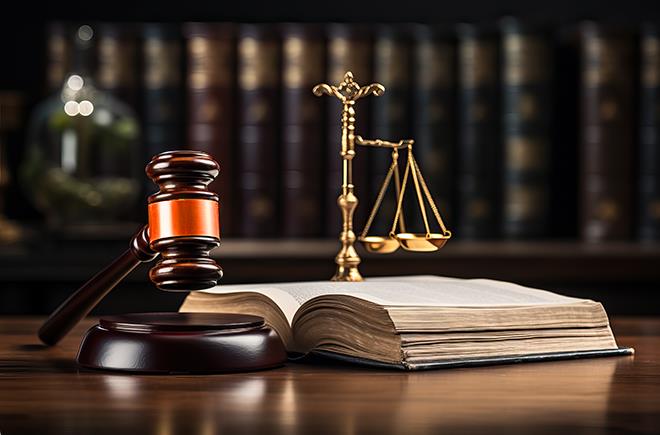Evidentiary Challenges in Divorce Cases: From Writings and Photos to Text Messages and Social Media
Authenticating, Admitting, and Objecting to Admission of Evidence and Testimony

Course Details
- smart_display Format
On-Demand
- signal_cellular_alt Difficulty Level
Intermediate
- work Practice Area
Family Law
- event Date
- schedule Time
1:00 p.m. ET./10:00 a.m. PT
- timer Program Length
90 minutes
-
This 90-minute webinar is eligible in most states for 1.5 CLE credits.
This CLE webinar will provide family law counsel with approaches for defending the admissibility of evidence in divorce cases. The panel will discuss laying the foundation for exhibits, review authenticating and introducing different types of evidence, and identify ways to restrict evidence and testimony.
Description
Knowledge of the intricacies of the rules of evidence is a must for family law practitioners to achieve a successful result in any contested court proceeding. Counsel must properly lay the foundation for and correctly introduce evidence in divorce cases. With personal information about parties available via an ever-expanding number of social networking sites and new methods of communication, counsel faces evolving demands.
Practitioners must utilize proper procedures for authenticating and admitting exhibits, from writings and photos to emails, text messages, websites, and social media. Counsel should develop practical approaches for restricting improper evidence, making proper objections, and setting forth offers of proof.
Listen as our panel of family law practitioners discusses best practices to prepare evidence for admission at trial and outlines strategies for restricting improper evidence. The panel will offer their insights into making proper objections and offers of proof.
Outline
- Cornerstone of all evidence: relevance, reliability, and authenticity
- Proper procedures for authenticating and admitting exhibits
- Writings
- Photographs
- Emails
- Text messages
- Websites, including social media
- Business records
- Proper testimony: when may a lay witness testify to opinions or conclusions?
- Original evidence rule and when it applies
- How to properly admit a summary
- Effective use of demonstrative exhibits
- The hearsay rule and common exceptions used in a family law case
Benefits
The panel will review these and other key issues:
- The proper procedure for authenticating and admitting different types of exhibits
- When a lay witness can testify to opinions or conclusions and when not
- Common exceptions to the hearsay rule in a family law case
- The original evidence rule and when it applies
- Unique challenges and solutions to introducing and authenticating electronic evidence
Unlimited access to CLE courses
- CLE Live Webinars
- CLE On Demand Webinars
- All CLE Course Materials
Unlimited access to CPE courses
- CPE Live Webinars
- CPE On Demand Webinars
- All CPE Course Materials
Unlimited access to all our courses including:
- CLE Live Webinars
- CPE On Demand Webinars
- Professional Skills
Related Courses
Recommended Resources
Building Your Book: Strategies to Secure Long-Term Success
- Business & Professional Skills
- Career Advancement
- Talent Development
